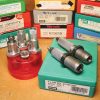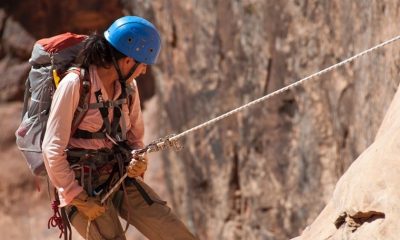Sports & Travel
Beyond Benefits: BMX Handlebars Can Make or Break Your Ride
As your interest regarding a certain hobby grows, so does the level of attention you pay to details surrounding it. When it comes to riding and buying bikes, in the beginning, one determines basic preferences such as the type of bike (mountain, city, BMX) and the brand, but in time, it’s only natural to start caring about details such as the different types of handles, wheels, frames, brakes and similar.
That being said, choosing the right type of handles for your BMX can render your riding experience more suited for your needs. There are several different factors according to which BMX handlebars are categorized: the number of bars, material, rise and width, the direction of bar bend, heat treating, butting and the shape of the crossbar. We’ll take a dive into all these parameters so you know what to look for when browsing the BMX handlebar market.
2 Piece vs 4 Piece Bars
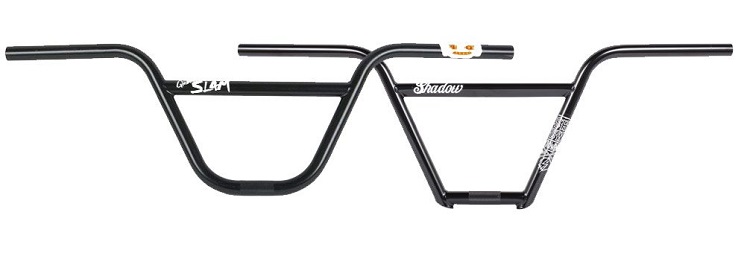
When it comes to the BMX bars’ macro shape, they mostly diverge in the number of bars used. Obviously, we can hint from their naming that the 2 piece is formed from 2 bars, where one of the bars is a long continuous piece of rounded metal that’s bent into its current shape, with the second bar welded between its bent grips for structural purposes that forms the crossbar. Likewise, the 4 piece uses 4 bars, where the grips are two separate bent pieces of rounded metal, which are connected by 2 other individual cross guards that keep the structure intact. Though it might seem that there is a structural difference, this is purely aesthetical and makes no difference other than what looks better to you.
Material
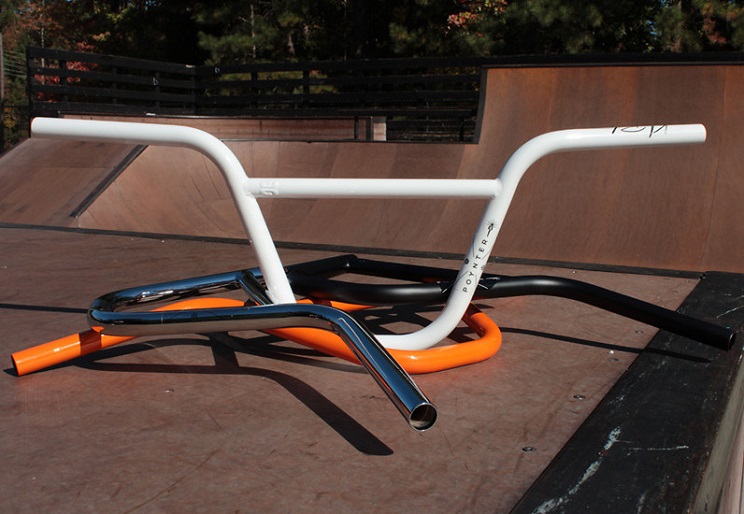
The material is usually the same, stone-hard steel. However, there are different kinds of steel. When it comes to BMX bike bars, it’s either Hi-Tension Steel or 4130 CrMo (Chromoly). Hi-tension steel is strong but heavy, so it’s usually found in entry-level bike bars. Because of this, most aftermarket BMX handlebars are made from Chromoly alloy.
Chromoly is simply a metallic alloy mix of Chromium and Molybdenum combined with carbonized steel. The 4130 is an index given to the material, where the “41” signifies low alloy steel that contains two materials and the 30 signifies the percentage of carbon in the steel alloy itself. Due to the physics of this material, it’s a lot stronger than the Hi-Tens option, which means, lighter yet stronger bars for you to get a grip on.
Thermal Treatment
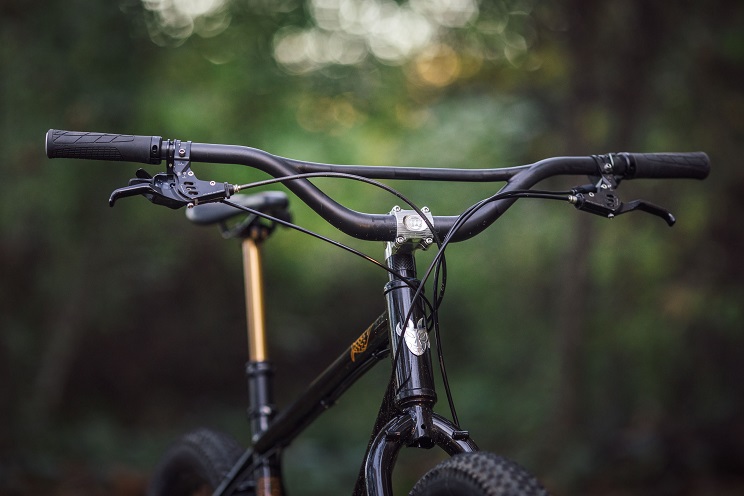
Heat treatment is a process where CrMo steel undergoes heating and then cooling that straightens the material itself that straightens its hardness, strength, toughness, ductility and elasticity. All this makes Chromoly able to withstand all the turmoil your BMX puts on it. Most types of heat treatment procedures include a lifetime “anti-breakage” guarantee.
Butting
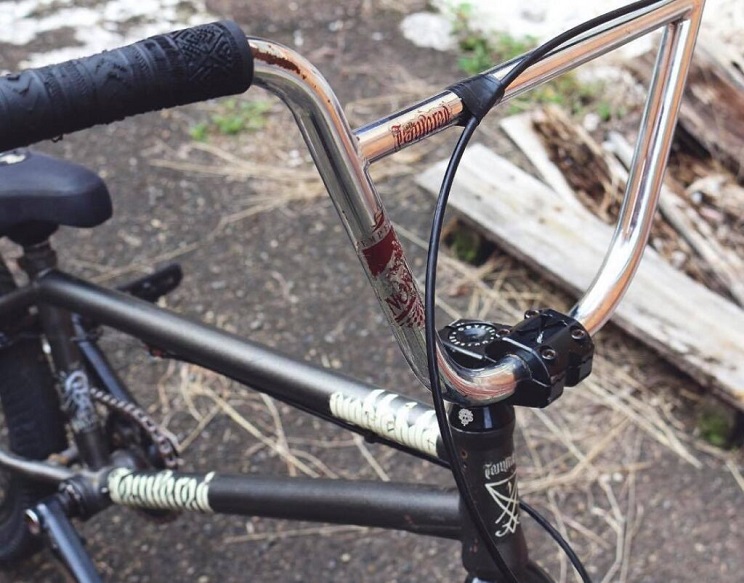
You’ll come across this term frequently when browsing for BMX bike handlebars, but in laymen’s terms, it signifies whether or not the bar has been straightened in certain places by making it thicker than other areas. Butting, found mostly in two peace bars, is usually added to areas that are more likely to bend to make them extra durable, such as the bends and the handlebar heads, while the other areas are made normally. This is all to ensure that the bar is the strongest it can be and yet the lightest it can be, for the best price possible.
Rise and Width
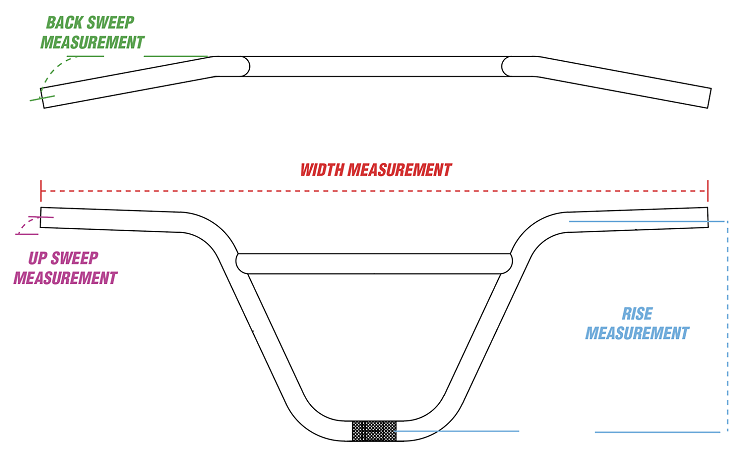
The Rise is a measurement of length from the bottom clamped surface to the top of the bars, usually expressed in inches. Same as with the 2 vs 4 peace bars, rise mostly comes down to personal choice, though more often than not, taller people prefer a larger rise. Shorter handlebars are preferred for those who want to jump higher with their BMXs, but sometimes it’s better to do fewer tricks in order to save yourself from back pain in the future. A shorthand for choosing the rise based on your height is the following:
Less than 5’5″ (1.65m): 8.25 – 8.5″
5’6″ – 5’10” (1.67 – 1.78m): 8.5 – 9″
5’11” – 6’2″ (1.8 – 1.88m): 9 – 9.5″
More than 6’4″ (1.93m): 9.5 – 10.5″
The Width measurement is intuitively the length between the furthest point on the head of the handlebar. Most handlebars come in sizes from 27″ up to 30″+, however, any set of handlebars can easily be cut to your preferred width with home power tools, so you don’t have to worry if your favourite handlebars are wider than you’d like. Ideally, the bar should be shoulder-width apart, though most riders prefer a narrower width, which makes trick performance easier. This is not always the case, for some riders prefer the bars to be wider. This gives them extra stability and makes turn downs easier to do.
Upsweep and Backsweep
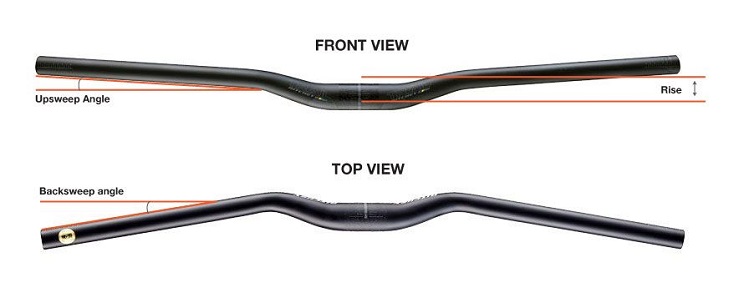
Upsweep is a measure of how and at what angle are the bars bent upwards. This is usually measured in degrees and standard designs can be found between 1 and 5 degrees. The amount of upsweep you should look for depends on your wrists and hand position because that’s where you’ll feel most of the shocks and impacts associated with BMX rides. The “perfect” amount of upsweep should allow both your inner and outer wrist to be in contact with the grip simultaneously.
Backsweep is a different metric. It’s the angle at which the bar bends backwards from the centre, towards you. Most handlebars are available anywhere from 9 to 12 degrees of backsweep, which just like the upsweep, depends on your wrist position for optimal grip and comfort. An additional feature of the backsweep is that different angles work better with different types of back posture to ensure an optimal experience.
Writing for the blog since 2012, Chris simply loves the idea of providing people with useful info on business, technology, vehicles, industry, sports and travel – all subjects of his interest. Even though he sounds like quite the butch, he’d watch a chick flick occasionally if it makes the wife happy, and he’s a fan of skincare routines though you’d never have him admit that unless you compliment his impeccable skin complexion.


